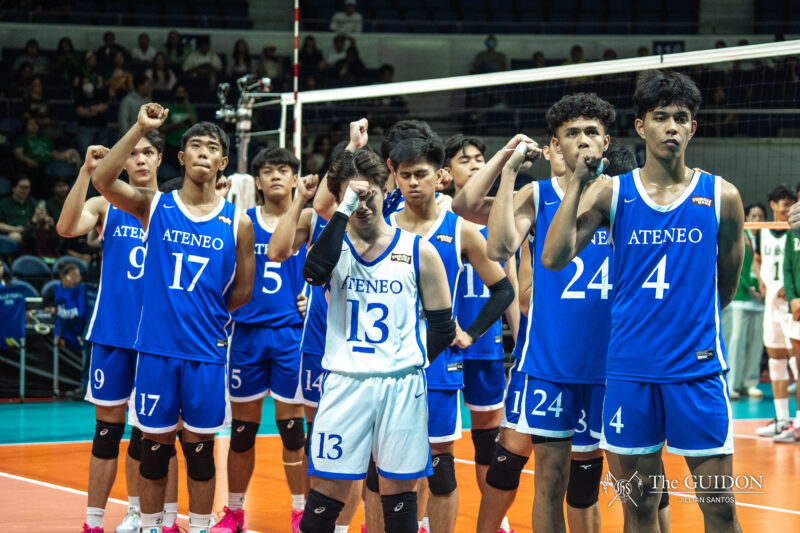1971 was a turbulent time for the Philippines. The 1935 Constitution, the cornerstone of Philippine law for over 35 years, was about to undergo great reform. The country was also in the midst of electing a new set of senators, whose seats were crucial to the embattled President Ferdinand Marcos.
On August 21, about three months before the elections, senatorial candidates and the Manila mayoralty candidate of the Liberal Party (LP) gathered at Plaza Miranda in Quiapo for the party’s miting de avance.
Without warning, two grenades were lobbed into the crowd, bloodying dozens and killing nine. The scene was permeated with a sense of shock and panic. The country had just been witness to one of the most devastating instances of political violence to happen on its soil.
Administration critics were quick to point the finger at Marcos for the tragedy. According to them, it was an expedient way for Marcos to dispose of the ascendant opposition.
“The Plaza Miranda incident has illustrated beyond doubt that there is not a safe place in the country where people may express their views without having to face the perils of assassination,” said party president Gerry Roxas.
However, Marcos himself denied any involvement in the attack, and placed the blame squarely on the communist insurgents who had multiplied under the organization of Communist Party of the Philippines (CPP) founder Jose Maria Sison.
Some former CPP members have pointed to Sison as the plotter of the bombing to foment revolution. Sison continues to deny the allegations.
A reformist farce
Although the attack propelled the LP to win a majority of seats in the election, their terms were cut short as Marcos would use the incident to impose upon the nation a martial law in 1972 that would ensure their dominance for the years to come.
Under Martial Law, the writ of habeas corpus was suspended, and suspected communists were rounded up in order to pacify the country. The Philippine Constabulary were free to employ all manner of tactics to combat what they had perceived to be the revolutionary threat.
Writing in his diary in 1972, Marcos said, “The legitimate use of force on chosen targets is the incontestable secret of the reform movement. Restrained force will bring about the New Society. And the Reformation is coming about without any obstacle.”
And so reform did come to the Philippines. Unopposed and untouchable, Marcos forced through government a version of the 1973 Constitution heavily in favor of the dictator. The constitutional plebiscites that legitimized his Constitution were marred with widespread fraud and deception. Marcos was building his New Society with him on top.
The new Constitution placed upon Marcos a mandate to rule by decree. Ostensibly a parliamentary democracy modeled after the French system, the sanitized authoritarian state was in reality controlled by Marcos and his wife Imelda.
The conjugal dictatorship concentrated authority to their close circle of friends, relatives, and military aides. They had distributed largesse to allies in exchange for subservience. Whatever democracy existed before their rise to power was now but a shell of its former shelf.
Enemies Left and Right
But amid the upheaval, Marcos was unperturbed. As if possessed with messianic self-purpose, he believed that martial law was the only necessary way to ensure the future of the country.
“Martial law would, by coercion and command, instill into our people the national discipline that they must develop before they can exercise a larger freedom. Not only those who would exercise authority must be disciplined but every citizen,” he wrote in 1978.
Marcos sought to paint himself as the defender of “Filipino ideology” against the violent revolutionary Leftists and the oligarchic old society Rightists that threatened to derail national progress. Martial law would correct what he had perceived were dangerous elements of society.
Marcos imagined a plot hatched by prominent oppositionist leader Benigno “Ninoy” Aquino, Jr. and the communists to overthrow the Marcos regime. He was convinced that they were behind the destabilization of the country and had every intent of assassinating him.
Marcos was not content with mere containment, but was determined to destroy those that sought to block his rise. Co-opting the terminology of the communists, Marcos embarked on a “revolution from the center,” a movement led by the government towards the New Society.
His rhetoric implicating the opposition with the CPP delegitimized any viable dissent in the country. The arrest of Aquino, as well as senators Jovito Salonga and Jose W. Diokno, fractured the resistance movement and ensured the dominance of Marcos in Philippine politics.
The shadow looms
More than 30 years after the fall of the Martial Law regime and the restoration of democracy in the country, the troubles that ailed the country then remain problems to this day.
The “world’s longest running communist insurgency” survives into the 21st century. Energized by the alliance and eventual falling out with the current president, the New People’s Army continues to stake out land in the countryside, hoping for the war to end in their favor.
Social inequality in the Philippines continues to be some of the highest in Asia. In a society where the 40 richest families in the country capture almost 80% of GDP growth, political participation is limited to the select few.
The persistence of these problems invite the seeds of authoritarianism to sprout. President Rodrigo Duterte, running on a populist campaign against the specter of drugs, is not afraid to use lethal force to achieve his goals.
He has jailed his most vocal critic, and lambasted several others publicly. He has showed contempt for some of the country’s most important democratic processes and institutions. To be sure, any comparison between Marcos and Duterte is premature at best— the 1987 Constitution allows for a strong executive, and Duterte is within his legal bounds to act in his bombastic style. But history will give the final verdict.
While the complexity of today’s situation is different from the context of 1972, the threat of authoritarian rule is very much real. So long as the allure of the iron fist strongman remains, the project of Philippine democracy is far from over.




